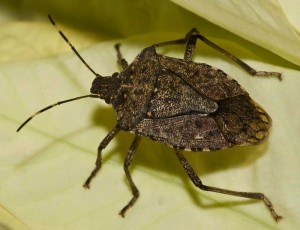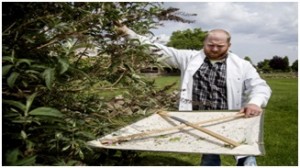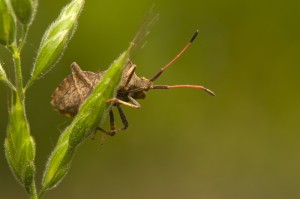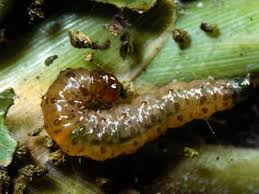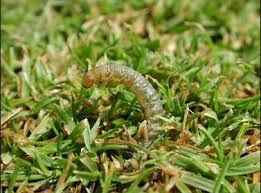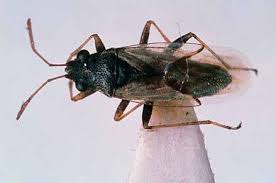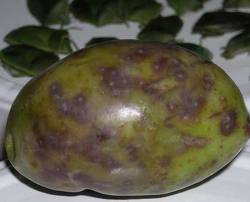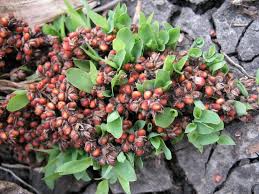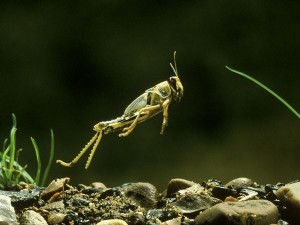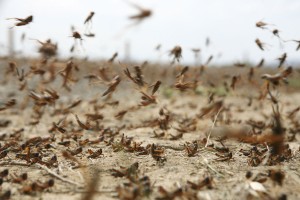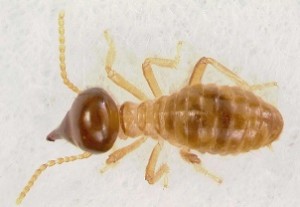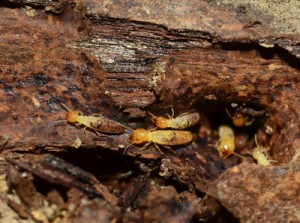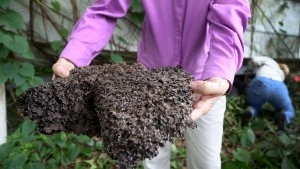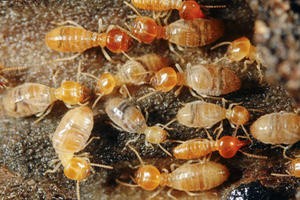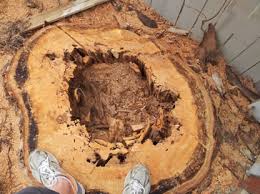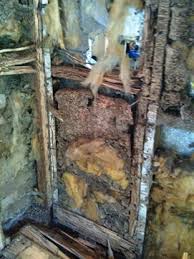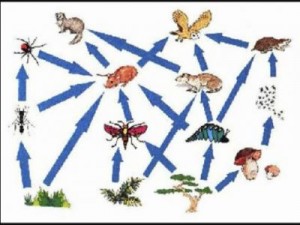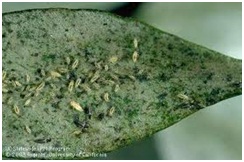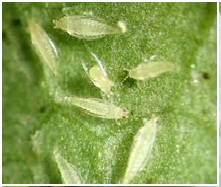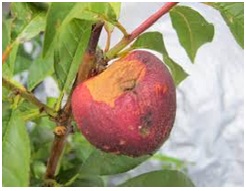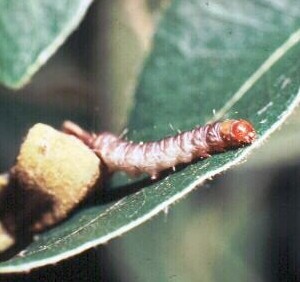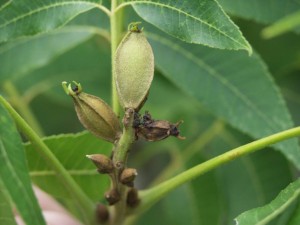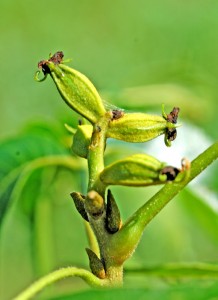 Pest insects can have adverse and damaging impacts on agricultural production and market access, the natural environment, and our lifestyle. Pest insects may cause problems by damaging crops and food production, parasitizing livestock, or being a nuisance and health hazard to humans. The dark cloud of pests looming over the agriculture sector is spreading and increasing at an alarming rate! Pests, considered as an age-old enemy of agriculture, continue to thwart the sector by destroying the crops. Though tiny, they are capable of large-scale destruction. They appear in large numbers, attack the vegetation and many times destroy the entire field and the agricultural produce. On average the pests are known to cause 10-16% agricultural produce loss. Toxic and hazardous pesticides of worth million dollars are used to curb this pest problem to little effect.
Pest insects can have adverse and damaging impacts on agricultural production and market access, the natural environment, and our lifestyle. Pest insects may cause problems by damaging crops and food production, parasitizing livestock, or being a nuisance and health hazard to humans. The dark cloud of pests looming over the agriculture sector is spreading and increasing at an alarming rate! Pests, considered as an age-old enemy of agriculture, continue to thwart the sector by destroying the crops. Though tiny, they are capable of large-scale destruction. They appear in large numbers, attack the vegetation and many times destroy the entire field and the agricultural produce. On average the pests are known to cause 10-16% agricultural produce loss. Toxic and hazardous pesticides of worth million dollars are used to curb this pest problem to little effect.
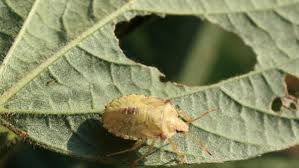 It has been reported that pests are spreading towards the North and South Poles at a rate of nearly 3 km a year! This poses a great threat to global food security. With the increasing population, the demand for the food supply is increasing rapidly. In the midst of such situation, the report that the pests are spreading across the globe is surely alarming. The threat posed by these vile pests could lead towards a chaotic situation endangering the global food security and causing loss of millions.
It has been reported that pests are spreading towards the North and South Poles at a rate of nearly 3 km a year! This poses a great threat to global food security. With the increasing population, the demand for the food supply is increasing rapidly. In the midst of such situation, the report that the pests are spreading across the globe is surely alarming. The threat posed by these vile pests could lead towards a chaotic situation endangering the global food security and causing loss of millions.
Let’s take a look at the below article
Insects feast on plants, endangering crops and costing billions
David Montalvo| @montalvo_d; Saturday, 9 May 2015 | 9:00 AM ET
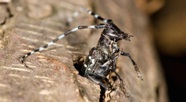 Behind the blossoming flowers and fields of fruit in the U.S. lurks a hungry threat that has crawled and eaten its way through much of the country. Sometimes, the menace infiltrates these places on the backs of unsuspecting hikers and travelers.
Behind the blossoming flowers and fields of fruit in the U.S. lurks a hungry threat that has crawled and eaten its way through much of the country. Sometimes, the menace infiltrates these places on the backs of unsuspecting hikers and travelers.
Almost always, the damage it wreaks comes at a high cost.
As summer approaches, swarms of invasive species—which the National wildlife federation refers to as “one of the leading threats to native wildlife”—are on a rampage. These organisms attack not just gardens, but also agriculture and the environment, costing the United States about $120 billion each year in damages, according to the Animal and Plant Health Inspection Service (APHIS), a division of the United States Department of Agriculture (USDA).
“They are a serious threat to our economy,” says APHIS spokeswoman Abbey Powell. “Federal and state authorities are tirelessly working together to stop the spread of invasive pests.”
Of greatest concern to the government are a group of non-native ants, beetles, moths and flies, and one giant slug. APHIS has identified 18 of these pests that it believes pose the greatest threats to America’s crops, plants and trees, and which inflict damage on a range of businesses, from farmers and citrus growers to the lumber industry.
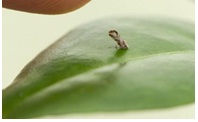 Oranges wither on the vine, costing billions
Oranges wither on the vine, costing billions
The adult Asian citrus psyllid is no bigger than a common gnat and feeds with the posterior of its body raised.
One of America’s most popular food staples is at war against an insect smaller than an apple seed that is spreading an incurable disease. And they are losing.
Over the last few years, the nation’s orange industry has taken a more than $4 billion hit as dead trees and useless crops recently sent orange harvests to their lowest in two decades.
“It’s like a patient that keeps getting sicker and sicker and sicker, until it dies,” says Michael Rogers, interim director of the Citrus Research and Education Center at the University of Florida.
The disease is called huanglongbing, also known as citrus greening. Producing oranges too bitter for juice and too misshapen and discolored for fresh fruit, the bacteria leaves farmers little choice but to destroy every one of their sick trees.
The crawling culprit facilitating its spread is the Asian citrus psyllid, a plant juice sucking bug that with a gust of wind can easily become airborne and carry the fatal bacteria that destroys oranges, limes, lemons, and grapefruits.
“If we don’t protect our citrus,” warns the USDA’s Save Our Citrus campaign, “that cup of juice you drink with your breakfast, the beautiful lemon tree in your yard and the curry you use to add zest to your cooking might not be there in the future.”
In Florida, disease-carrying bugs have ravaged citrus crops, triggering dire predictions about the coming extinction of orange juice. Indeed, “the majority of the citrus trees [in Florida] have the disease,” according to Rogers.
The state’s orange production has been steadily declining since the bacteria was first identified there in 2004, according to USDA data, along with the number of acres bearing the fruit.
Rather than invest time and money in grove regrowth, some citrus farmers are deciding to sell out to real estate developers, Rogers explains. Yet for those who try and stand their ground against the expanding threat, they are arming themselves with a variety of tools to try and control the psyllid population, including spraying, tenting and steam treatments, the USDA says.
Another possible solution being explored, but one that has been met with some controversy: genetically modifying oranges to make them more resilient to pests and diseases. While GMOs could be more of a long-term solution, says Rogers, a more short-term one is naturally cross-breeding oranges to create “new varieties” that can “better tolerate the disease.”
However, it would be at least four years before their effectiveness could be measured, when the new citrus trees finally yield, he acknowledged.
Insects are not only threatening produce but attacking forests and trees around the country.
Forest resources in the North Atlantic states are under siege. The Asian longhorn beetle is menacing “recreation and forest resources valued at billions of dollars” and has the potential to destroy “millions of acres of America’s treasured hardwoods,” according to the APHIS.
These are among the invasive pests currently under federal quarantine, which is designed to restrict their movement to greener pastures. Some states are following the federal quarantine.
In Hawaii, a rhinoceros-looking black beetle is attacking coconut-bearing palm trees. The beetle was detected less than two years ago, but the Plant Industry Division of the state’s Department of Agriculture is already calling it a “serious invasive pest.” It is forcing officials there to deploy thousands of traps to capture them, and even asking residents to check their mulch before discarding it.
Another bug in Hawaii also found in California is the light brown apple moth. It is a particularly hungry critter known to damage scores of crops such as avocados, grapes and raspberries, and thousands of plants and trees that include roses and eucalyptus. “It could expand its preferences as it is exposed to new plants and crops,” the USDA-APHIS warns.
Citizens can help in small ways, officials say, offering tips on how to prevent bugs from spreading. One effort is providing hikers, gardeners and international travelers with advice to keep invasive pests at bay—like not moving firewood, not bringing plants or produce across state lines, declaring agriculture items at customs, and washing the soil off tires and outdoor gear before and after trips.
“Most importantly,” says APHIS’ Powell, these “are pests that people can do something about by taking a few simple steps.”
A sure and effective way of combating these insects was devised by C Tech Corporation in the form of their product Termirepel™.
Termirepel™ is a non-toxic, non-hazardous, environment-friendly insect and pest aversive. It is 100% effective against a host of insects and pests like webworms, beetles, etc. Termirepel™ is available in liquid concentrate form which can be diluted further and made into sprays that can replace conventional harmful insecticides. The spray can then be just sprayed on the trees or plants affected.
Termirepel™ is also available in the form of lacquer which can be applied to the trees and the surrounding areas. Termirepel™ is unique in its aspect that it works by the mechanism of repellence and not by killing. Thus, target as well as non-targeted beneficial species are not harmed but are merely kept away from the application.

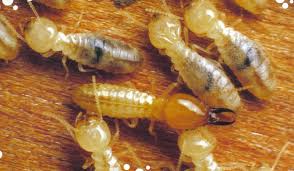



 our precious plants. The good news is that there are some simple and sustainable solutions to get rid of the problem without using dangerous pesticides.
our precious plants. The good news is that there are some simple and sustainable solutions to get rid of the problem without using dangerous pesticides.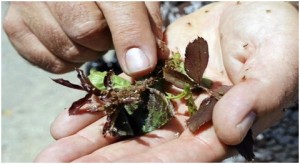
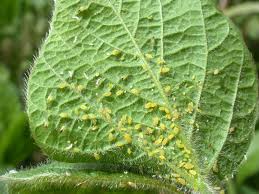
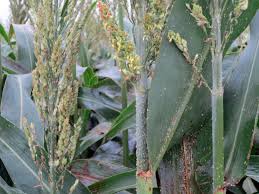
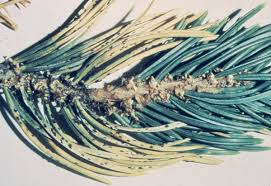





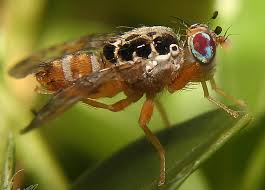
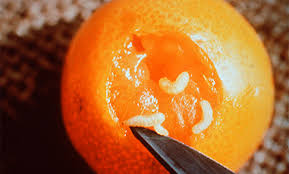

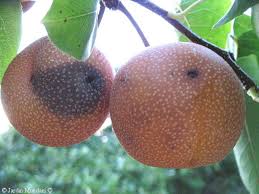
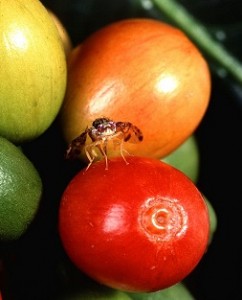
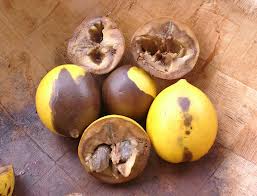

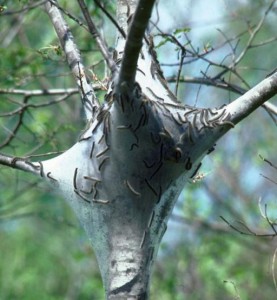
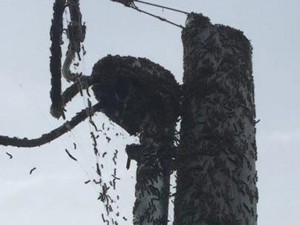
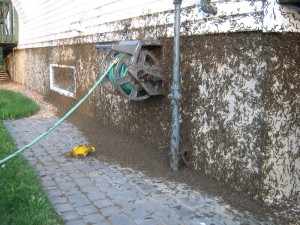

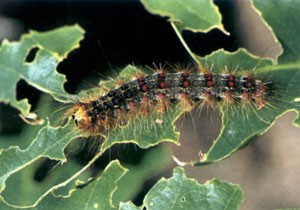
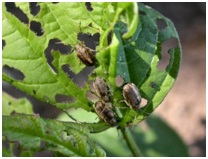
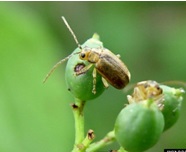 escence) on the foliage that includes Viburnum opulus, EuroV. dentatum, arrowwood viburnum, and V. trilobum , American cranberrybush viburnum. This pest will also feed on V. lantana , wayferingtree viburnum, V. rafinesquianum , Rafinisque viburnum,V. acerifolium , mapleleaf viburnum, V. lentago , nannyberry viburnum, and V. sargentii , Sargent viburnum. Thus, many of the viburnums affected are species native to the United States.
escence) on the foliage that includes Viburnum opulus, EuroV. dentatum, arrowwood viburnum, and V. trilobum , American cranberrybush viburnum. This pest will also feed on V. lantana , wayferingtree viburnum, V. rafinesquianum , Rafinisque viburnum,V. acerifolium , mapleleaf viburnum, V. lentago , nannyberry viburnum, and V. sargentii , Sargent viburnum. Thus, many of the viburnums affected are species native to the United States.
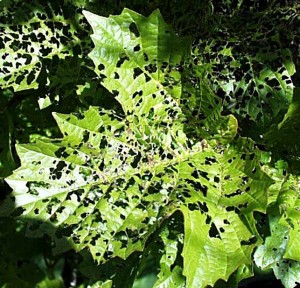
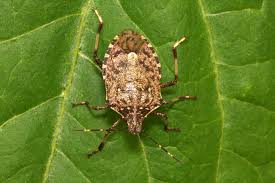 rated stink bug (BMSB), or simply the stink bug, is an insect in the family Pentatomidae, and it is native to China, Japan, and Taiwan. It was accidentally introduced into the United States, with the first specimen being collected in September 1998. The brown marmorated stink bug is considered to be an agricultural pest, and by 2010–11 had become a season-long pest in U.S. orchards.
rated stink bug (BMSB), or simply the stink bug, is an insect in the family Pentatomidae, and it is native to China, Japan, and Taiwan. It was accidentally introduced into the United States, with the first specimen being collected in September 1998. The brown marmorated stink bug is considered to be an agricultural pest, and by 2010–11 had become a season-long pest in U.S. orchards.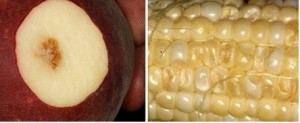 armorated stink bug is an agricultural pest that can cause widespread damage to fruit and vegetable crops. In Japan it is a pest to soyabean and fruit crops. In the U.S., the brown marmorated stink bug feeds, beginning in late May or early June, on a wide range of fruits, vegetables, and other host plants including peaches, apples, green beans, soybeans, cherries, raspberries, and pears. It is a sucking insect, a “true bug“that uses its proboscis to pierce the host plant in order to feed.
armorated stink bug is an agricultural pest that can cause widespread damage to fruit and vegetable crops. In Japan it is a pest to soyabean and fruit crops. In the U.S., the brown marmorated stink bug feeds, beginning in late May or early June, on a wide range of fruits, vegetables, and other host plants including peaches, apples, green beans, soybeans, cherries, raspberries, and pears. It is a sucking insect, a “true bug“that uses its proboscis to pierce the host plant in order to feed.
